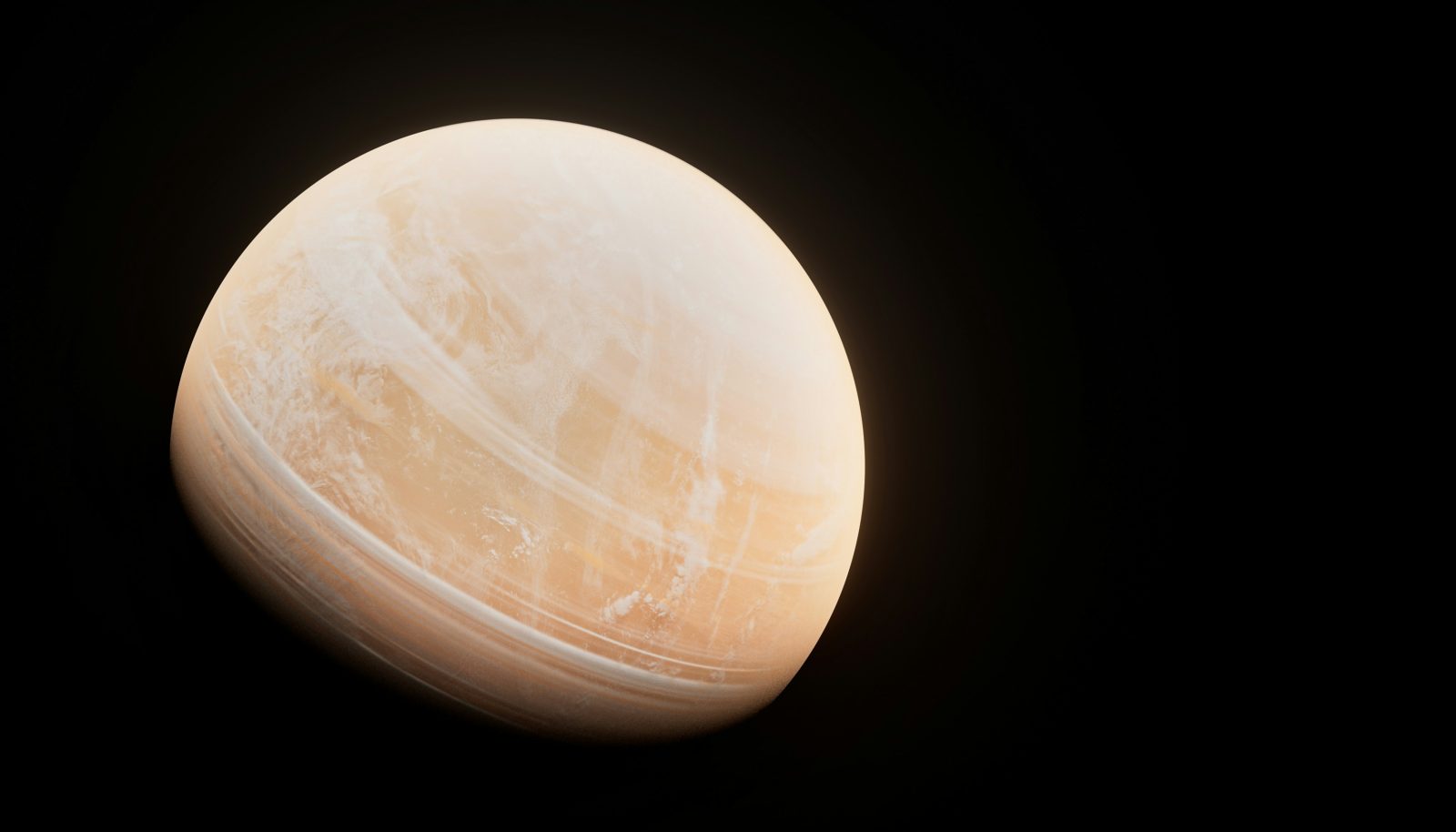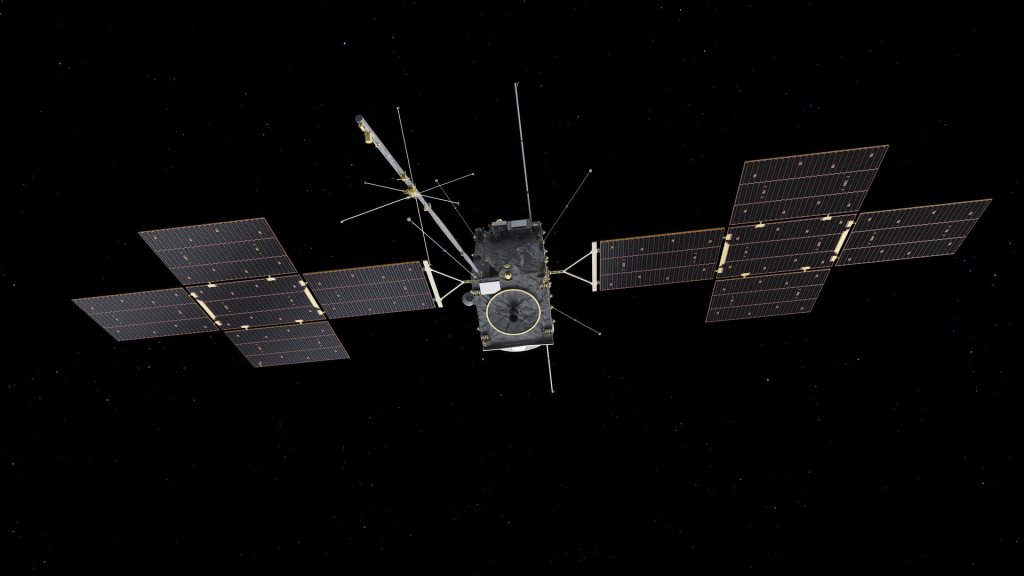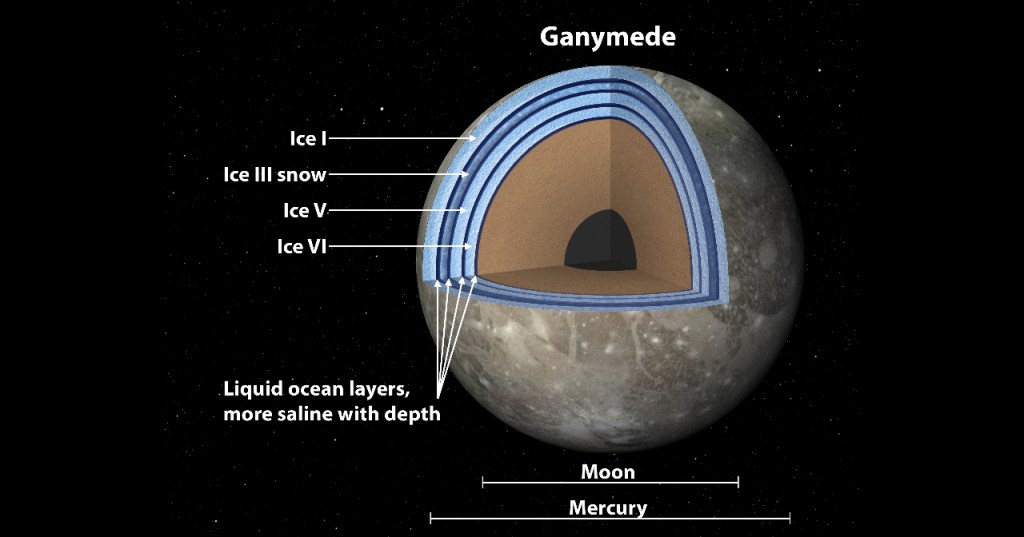
European Space Agency’s (ESA) JUpiter ICy moons Explorer (JUICE) spacecraft successfully launched from Europe’s Spaceport in French Guiana this month. It’s the latest collaboration between ESA, NASA, and other international partners to study Jupiter’s icy moons and determine their potential habitability. Here’s a quick rundown:
Update: ESA announces snagged deployment of JUICE radar instrument.
Mission summary
The JUICE spacecraft, which comes in at about 11,464 pounds (5,200 kilograms) and is larger than a school bus, was launched aboard an Ariane 5 rocket on April 14, 2023. Over the next eight years, JUICE will travel more than 600 million miles through our solar system, performing a series of gravity-assist maneuvers to reach Jupiter and its moons. The spacecraft is expected to arrive at Jupiter in July 2031 and will conduct a three-and-a-half-year tour of the giant planet and its moons, according to the mission’s website.
The spacecraft is equipped with a heap of cutting-edge scientific instruments with acronyms plucked out of alphabet soup; including visible and infrared imaging, RIME radar sounder, GALA laser altimeter, SWI submillimeter wave instrument, J-MAG magnetometer, and many others. These will allow scientists to conduct detailed observations and measurements of Jupiter’s largest moons – Ganymede, Callisto, and Europa.

“The science goals focus on Jupiter and its system, with particular emphasis on Ganymede as a planetary body and potential habitat. The primary science objectives for Ganymede (most of these apply to Callisto as well) are: characterization of the ocean layers and detection of believed subsurface water reservoirs,” NASA states.
It’s widely believed that beneath Ganymede’s thick icy crust are bodies of water 60 miles (100 kilometers) thick – 10 times deeper than any ocean on Earth. In fact, scientists think Ganymede as a whole contains more water than all the water on Earth.

In addition, JUICE will also observe Jupiter’s extreme environment and further model its radiation belt.
Objective: Life
One of the main objectives of the JUICE mission is to investigate the potential habitability of Ganymede and Jupiter’s other icy moons. JUICE will study the moons’ geology, surface composition, and magnetic fields to gain insights into their history, structure, and potential for hosting life.
“I think JUICE is a confirmation that our understanding of where to search for potential habitability has changed in the last 20 years,” said Michele Dougherty, principal investigator of JUICE’s magnetometer (an instrument used for measuring the strength of magnetic fields).
Life as we know it requires liquid water, a source of energy (heat), and organic elements. When these three pillars exist long enough in a relatively stable environment, it becomes a hotbed for life.
“With JUICE, we want to confirm there’s liquid water in these moons, confirm their heat sources. Other instruments will be able to remotely sense whether there’s organic material on the surface as well. And so it’s putting all of those ingredients together,” she states.
The launch of the JUICE marks a significant milestone in our quest to understand the potential habitability of other worlds. The spacecraft still has a long way to go as it embarks through the inner solar system. Stay tuned for more updates.

Follow Arin: Twitter, Instagram, LinkedIn
Related stories:
- NASA rover finds strange dragon bone-looking Mars rocks
- First-ever NASA asteroid sample arriving in September
FTC: We use income earning auto affiliate links. More.





Comments